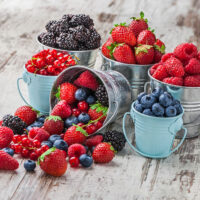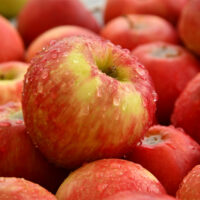5 tips for helping children learn good online etiquette

Today, children are exposed to the Internet pretty early on, so it is important to help them embrace this technology with responsibility. There are pros and cons to introducing the Internet to young minds. However, teaching them how to navigate the online world and learn appropriate online etiquette can help keep them safe. They should also learn how to be responsible to make better decisions online and avoid misusing devices.
Make online profiles private
If a child is using a social media platform, it is important for caregivers to go through these sites to understand how they work. Part of this is learning about the privacy policy of the platform. Here, it is important to teach the child to keep their personal informal private and limit their online interaction to the people that they know. Strangers should not be allowed access to the child’s profile, and any friend or follow requests should simply be denied.
Use strong passwords
It is crucial for children to know how to set a strong password for their profile so that their account does not get hacked. They should also change the password regularly to keep the account safe from unauthorized access and keep personal information private.
Be kind
Children using online platforms for socialization should be taught the importance of being kind to other people. A question to ask before commenting or responding to someone should be, “Would I say this out loud to someone’s face?” This should help children make an appropriate decision and avoid being rude or mean to other users. Typing comments from behind a screen can be easy, but teaching kids to be sensitive about their words can go a long way in making them learn about appropriate public behavior along with good online etiquette and responsible internet use.
Discuss digital footprint
Once something has been posted online, it can stay there forever. So, teaching children the importance of a digital footprint and making them understand the permanence of their online actions can help them be cautious with the words they use, the things they post, and the interactions they have.
Encourage offline socialization
While the online world can be exciting, one can try to make the offline world seem just as exciting to children. This can help children feel entertained and occupied when not online. Further, teaching them the importance of offline connections can help them make better decisions online.





